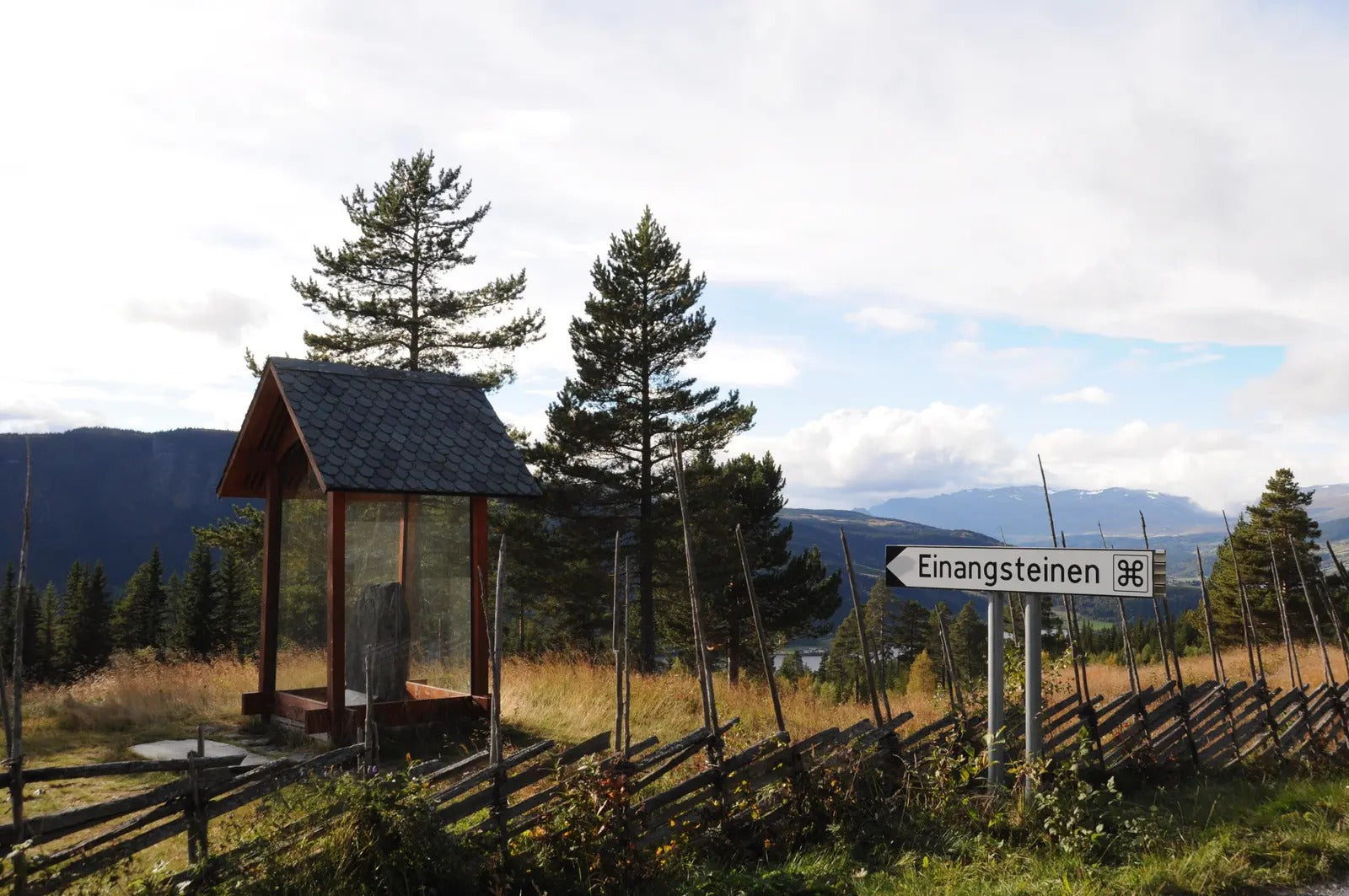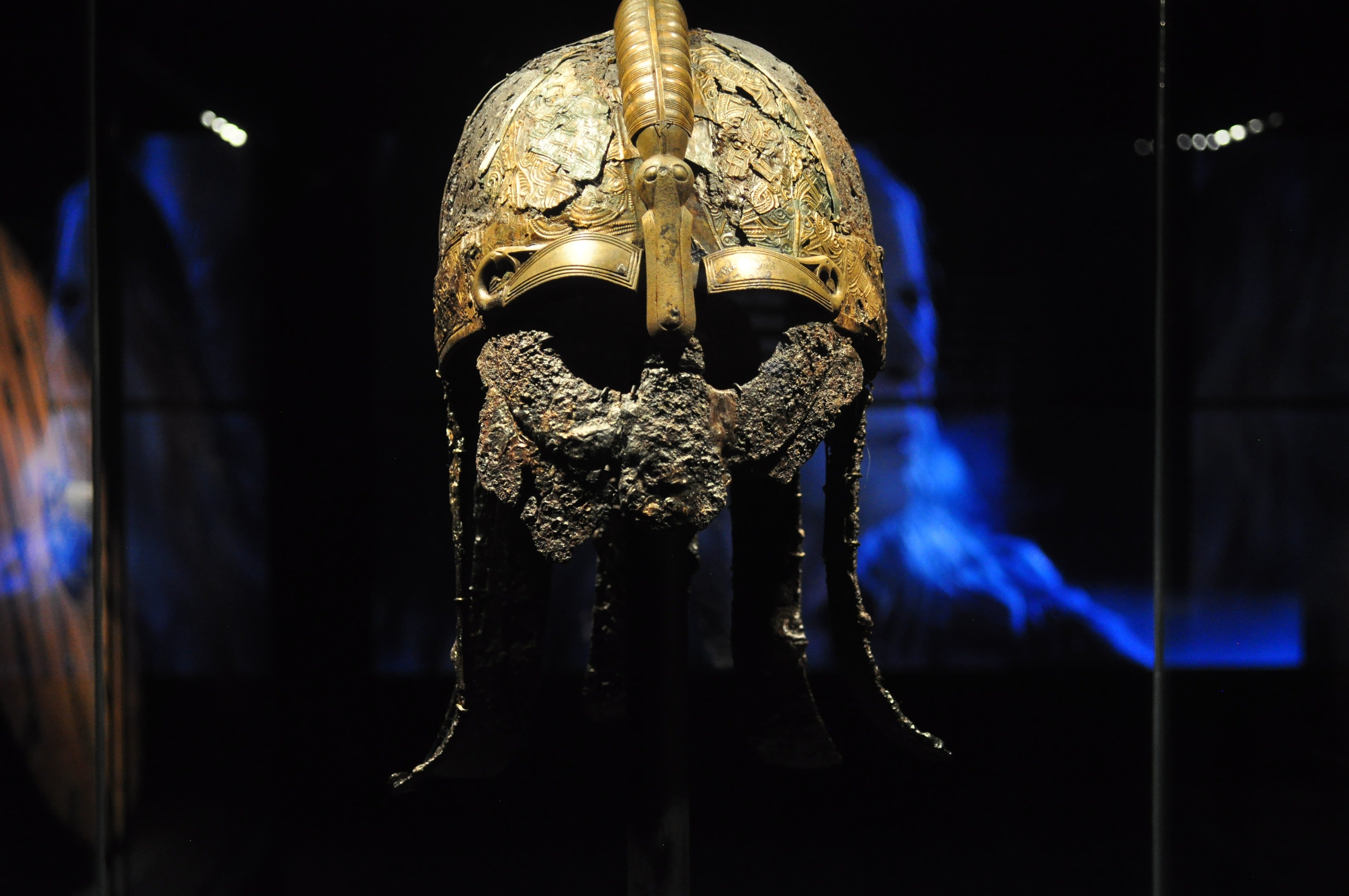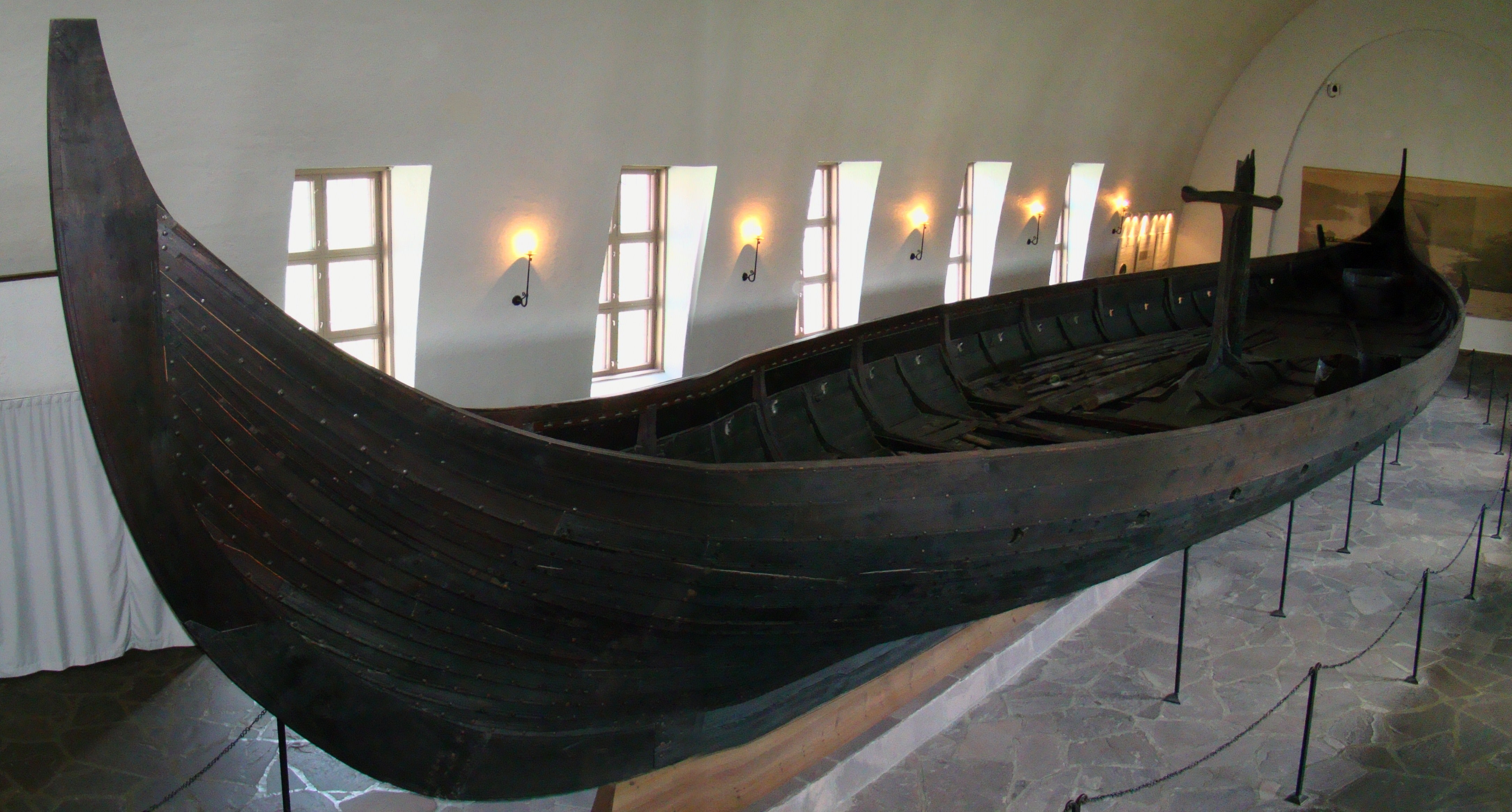
The Gardberg Site: Unveiling a Prehistoric Treasure
Have you ever wondered what secrets lie beneath our feet, waiting to be discovered? Well, buckle up, because we're about to embark on a fascinating journey through time at the Gardberg site. This archaeological gem has been turning heads in the scientific community, and trust me, you'll want to know why!
Historical Background

Discovery of the Gardberg Site
Picture this: It's a crisp autumn morning in the early 1980s. A group of hikers stumble upon some oddly shaped stones poking out of the ground. Little did they know, they'd just stumbled upon what would become one of the most significant archaeological finds of the decade. The Gardberg site, named after the nearby Gardberg Hill, was about to rewrite our understanding of prehistoric life in the region.
Significance in Archaeology
Now, you might be thinking, "What's the big deal? It's just a bunch of old rocks, right?" Wrong! The Gardberg site is like finding the Holy Grail for archaeologists studying prehistoric societies. It's given us a treasure trove of information about how our ancestors lived, worked, and played thousands of years ago.
Geographical Location
Nestled in a picturesque valley, the Gardberg site is surrounded by rolling hills and dense forests. It's like Mother Nature decided to create the perfect backdrop for a prehistoric settlement. The nearby river would have provided water and fish, while the surrounding woodlands offered ample hunting opportunities. Talk about prime real estate!
Getting to the Gardberg site isn't exactly a walk in the park, which is actually a good thing. Its remote location has helped preserve it from modern development and looting. It's like a time capsule, waiting for us to carefully unpack its secrets.
Archaeological Findings

Finds from the Gardberg Site
You know how we can't live without our smartphones today? Well, the folks at Gardberg had their own must-have gadgets. We've found an impressive array of stone tools, from razor-sharp flint knives to sturdy axes. These weren't just tools; they were the cutting-edge technology of their time!
Move over, IKEA! The Gardberg residents were whipping up some seriously stylish pottery. We've uncovered everything from practical cooking pots to intricately decorated ceremonial vessels. It's like peeking into a prehistoric kitchen and finding out our ancestors had some serious culinary flair.
Structural Remains
Ever wondered what a Stone Age house looked like? The Gardberg site is giving us some pretty good clues. We've found the remains of circular and rectangular structures, suggesting a mix of architectural styles. It's like an ancient episode of "House Hunters: Prehistoric Edition"!
But it wasn't all about individual homes. We've also uncovered evidence of larger, open areas that were likely used for community gatherings. Imagine a prehistoric town square where people came together to trade, celebrate, and maybe even gossip a little. Some things never change, right?
Cultural Significance
The Gardberg site is like a window into the past, offering us glimpses of how our ancestors organized their societies. From the layout of the settlement to the distribution of artifacts, we're piecing together a picture of their social structure, beliefs, and daily lives. It's like solving a 5,000-year-old puzzle!
Technological Advancements
You might think prehistoric people were, well, prehistoric. But the Gardberg site is challenging that notion. We've found evidence of sophisticated tool-making techniques, advanced agricultural practices, and even early metalworking. These folks were the Silicon Valley entrepreneurs of their time!
Ongoing Research
Current Excavation Projects
The excitement at Gardberg isn't ancient history – it's happening right now! Ongoing excavations are continually revealing new findings. It's like an archaeological soap opera, with each digging season bringing new twists and turns to the story of this prehistoric community.
Scientific Analysis and Dating Methods
We're not just digging in the dirt here. Modern science is playing a huge role in unraveling the Gardberg mystery. From radiocarbon dating to DNA analysis of ancient remains, we're using every tool in our high-tech toolbox to understand this low-tech society.
Preservation Efforts
Preserving a site like Gardberg is no walk in the park. It's a constant battle against the elements, vegetation, and even well-meaning but overzealous visitors. It's like trying to keep a sandcastle intact on a windy beach – challenging, but oh so important!
But what good is all this amazing information if we keep it to ourselves? That's why there's a big push to engage the public with the Gardberg site. From school trips to community lectures, we're spreading the word about this prehistoric treasure. After all, it's not just the archaeologists' history – it's everyone's!
Future Prospects
Potential for Further Discoveries
Here's the exciting part – we've only scratched the surface at Gardberg. Who knows what other secrets are waiting to be uncovered? It's like having a wrapped present that keeps revealing new layers of gifts every time you think you're done unwrapping.
Integration with Modern Archaeology
The Gardberg site isn't just about the past – it's shaping the future of archaeology. The techniques and insights gained here are influencing how we approach other sites around the world. It's like Gardberg is the cool kid in school that everyone wants to learn from.
Conclusion
As we wrap up our journey through the Gardberg site, it's clear that this isn't just a pile of old rocks and pottery shards. It's a vibrant testament to our shared human history, a place where the past comes alive and speaks to us across millennia. The Gardberg site reminds us that our ancestors were innovative, social, and complex – not so different from us, really.
From its accidental discovery to its ongoing excavation and research, Gardberg continues to surprise and educate us. It challenges our perceptions of prehistoric societies and pushes the boundaries of archaeological science. But perhaps most importantly, it connects us to our roots, helping us understand where we came from and how we got here.
As research continues at Gardberg, who knows what new revelations await us? One thing's for sure – this prehistoric treasure has many more secrets to reveal, and we can't wait to uncover them. So the next time you're out for a hike, keep your eyes peeled. You never know when you might stumble upon the next Gardberg!
FAQs
- How old is the Gardberg site?
While exact dating is ongoing, current estimates place the main occupation period of the Gardberg site between 3000 and 2000 BCE, making it roughly 4,000 to 5,000 years old.
- Can visitors tour the Gardberg site?
Due to ongoing excavations and preservation efforts, public access to the site itself is limited. However, there are periodic guided tours and a nearby visitor center where you can learn about the site and view some of the artifacts.
- What's the most unusual artifact found at the Gardberg site?
One of the most intriguing finds is a small, intricately carved figurine made from a material not native to the area, suggesting long-distance trade or travel.
- How do archaeologists know what they've found at Gardberg isn't from a more recent time period?
Through a combination of stratigraphic analysis (studying the layers of soil), radiocarbon dating of organic materials, and typological analysis of artifacts, archaeologists can confidently date the finds to the prehistoric period.
- Are there any human remains found at the Gardberg site?
Yes, several burial sites have been discovered, providing valuable information about the physical characteristics, diet, and health of the Gardberg inhabitants. However, these are treated with the utmost respect and in accordance with ethical archaeological practices.
References
View over Lomen from the Garberg site,CC BY-SA 2.5, https://commons.wikimedia.org/w/index.php?curid=304353
Finds from the Gardberg Site By Unknown author - http://www.unimus.no/felles/bilder/web_hent_bilde.php?id=8848099&type=jpeg, CC BY-SA 4.0, https://commons.wikimedia.org/w/index.php?curid=50230836








